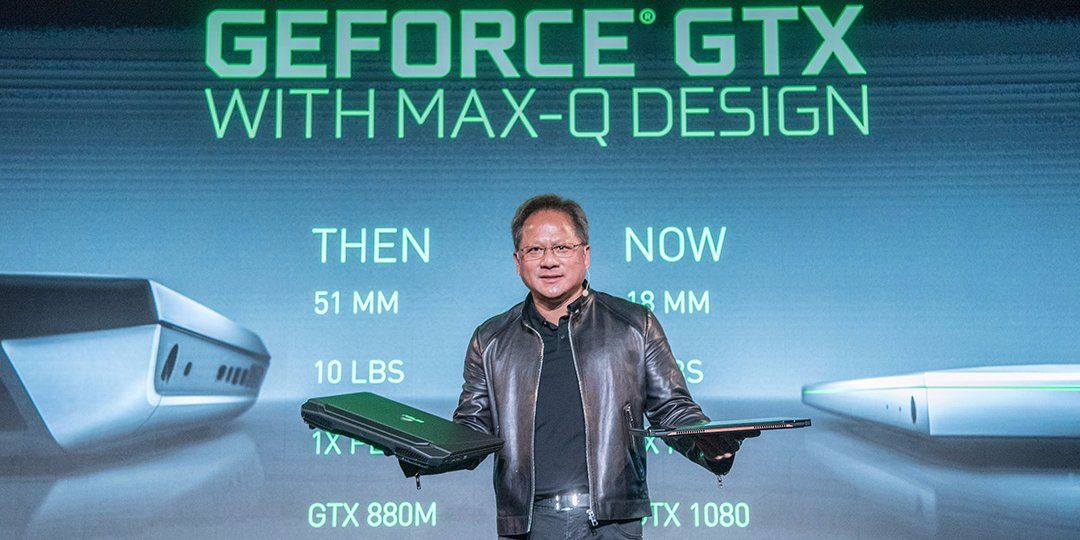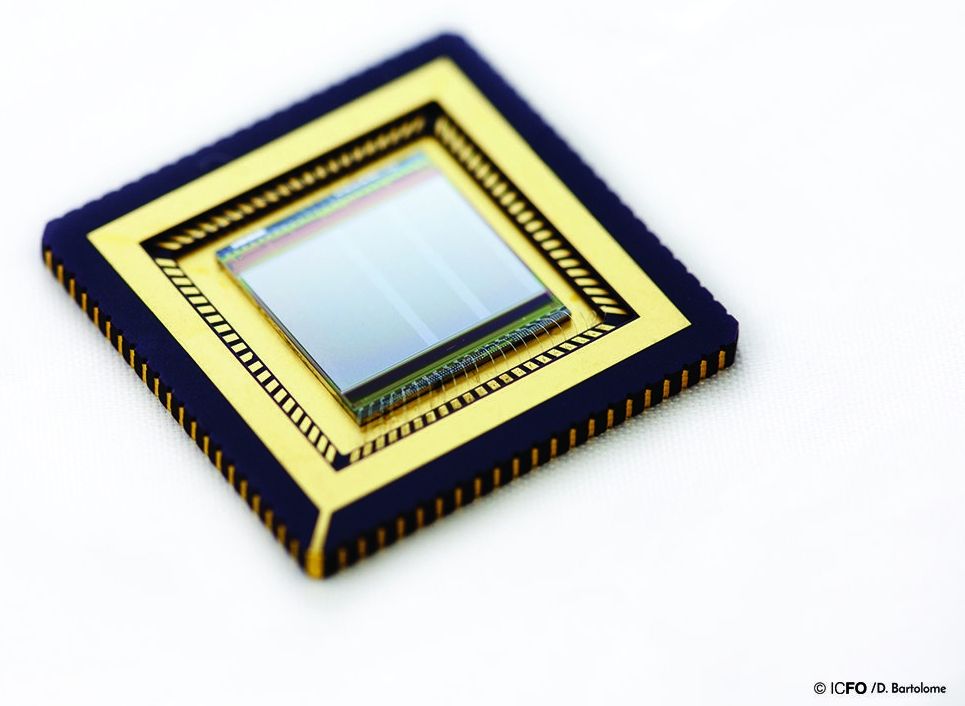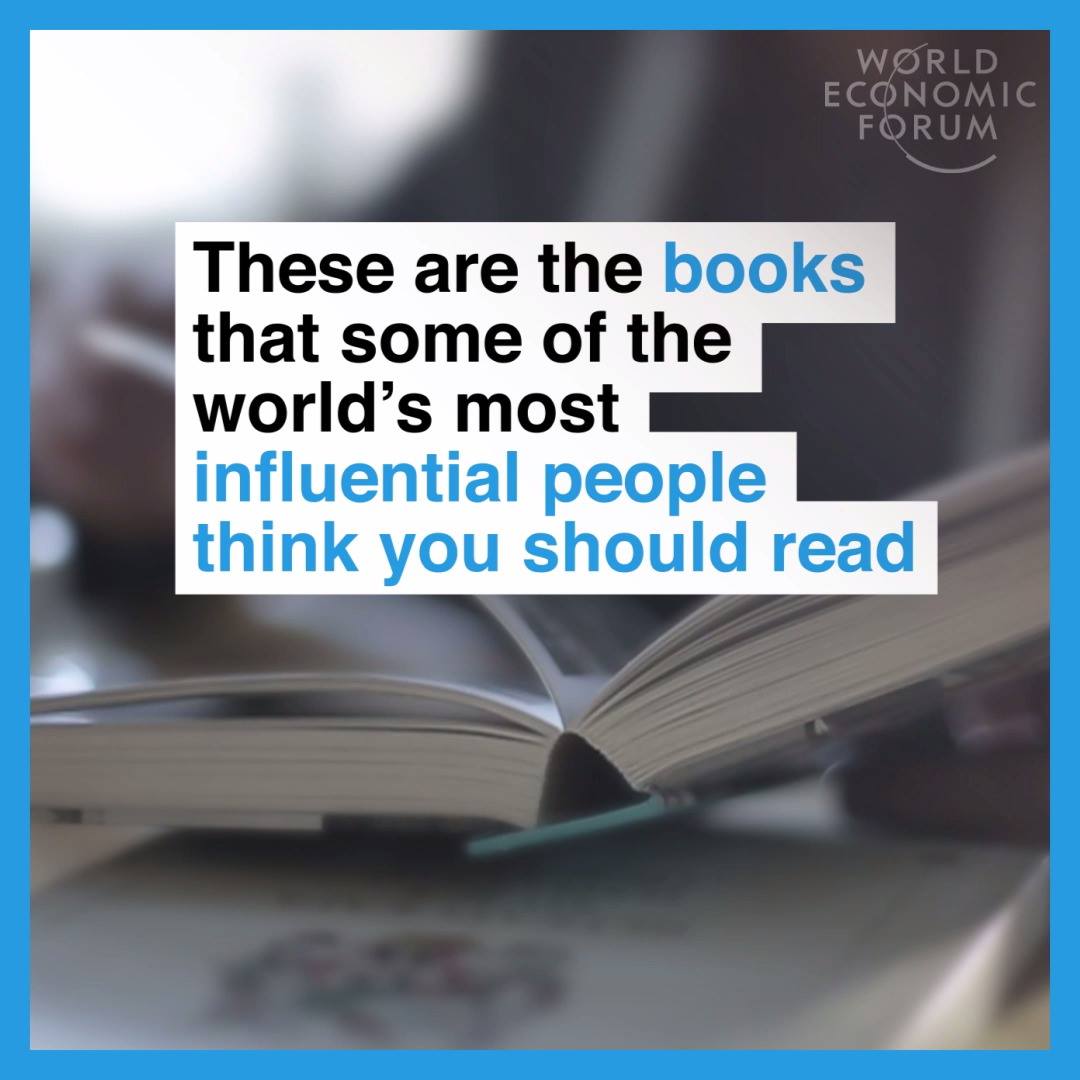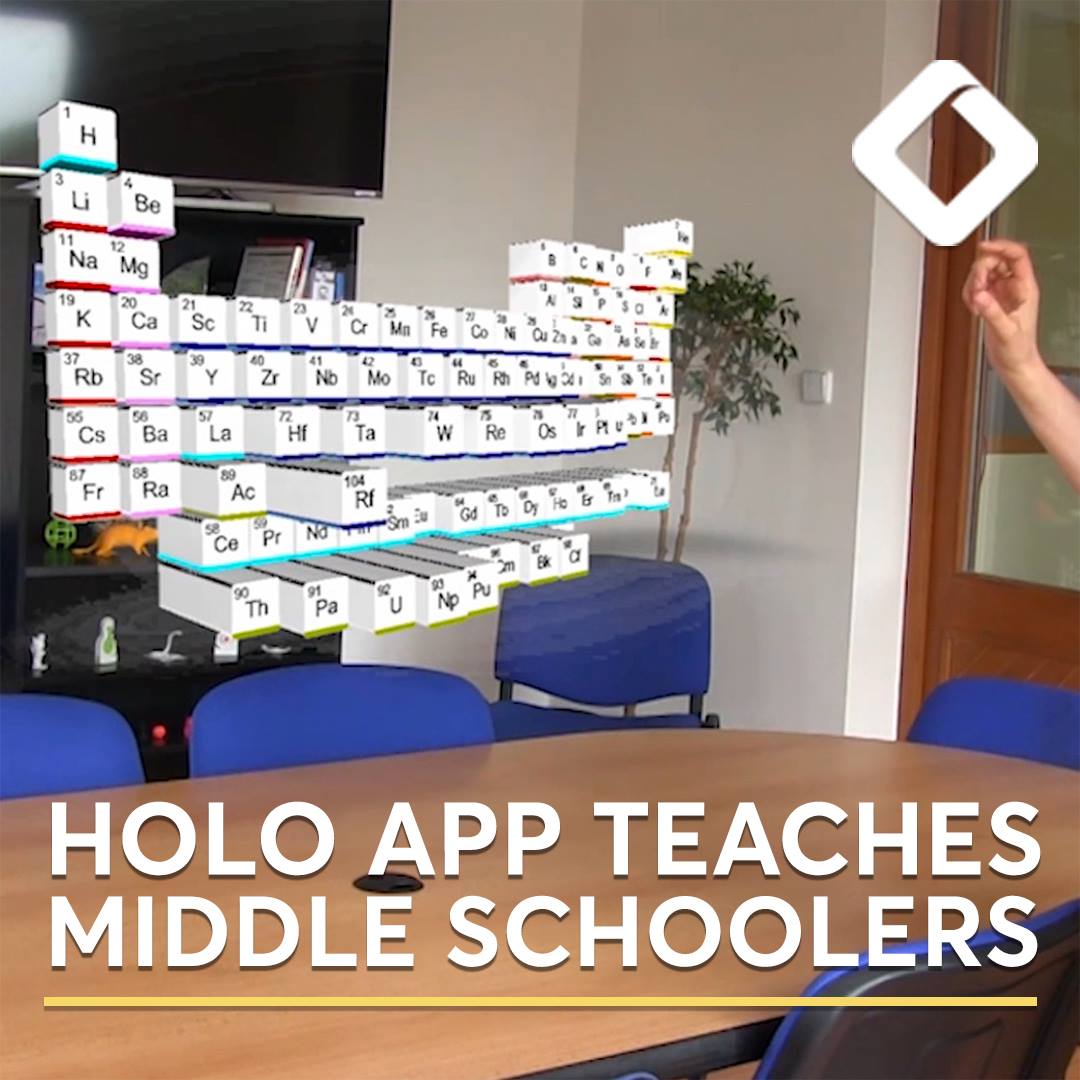Page 10033
May 31, 2017
The Future of Governance is not Governments
Posted by Shailesh Prasad in categories: governance, government
Living systems on every scale have governance — methods of self-regulation to manage the coherence and continuity of the system. Also, for steering toward goals or away from dangers.
This governance is not the same as a government. Government as we know it is a blunt instrument designed to enforce the will of the many over the few (although at this point it enforces the will of few on the many) It is a monolithic bureaucracy. And frankly, it isn’t very good at governance, at least not as defined in the first paragraph.
Notice that governance includes both conserving continuity and making progress. All living systems have this tension between being conservative and progressive.
Continue reading “The Future of Governance is not Governments” »
May 31, 2017
Consciousness Is a Narrative Created by Your Unconscious Mind
Posted by Shailesh Prasad in category: neuroscience
American neuroscientist Dean Buonomano believes that your brain might be processing the world around you in a totally different manner than how you think you’re perceiving it. We’d like to believe that our brains take in information on a first-come first-serve basis, but in actuality our brains are operating more like a cross between a tour guide and an overworked line cook at a busy diner. The tour guide tells you what’s going on while the line cook side gets everything ready behind the scenes. Together, this creates a conscious reality that Buonomano describes as a “a narrative created for our viewing pleasure by our unconscious brain.”
May 31, 2017
The SWARM Project: Participate in Pioneering Research on Reasoning
Posted by Shailesh Prasad in category: neuroscience
Developing a new type of platform for collaborative intelligence analysis, combining crowdsourcing with new structured analytical techniques. Join us!
May 31, 2017
Researchers develop the first broadband image sensor array based on graphene-CMOS integration
Posted by Shailesh Prasad in categories: computing, mobile phones, quantum physics
Over the past 40 years, microelectronics have advanced by leaps and bounds thanks to silicon and complementary metal-oxide semiconductor (CMOS) technology, enabling computing, smartphones, compact and low-cost digital cameras, as well as most of the electronic gadgets we rely on today.
However, the diversification of this platform into applications other than microcircuits and visible light cameras has been impeded by the difficulty of combining non-silicon semiconductors with CMOS.
IFCO researchers have now overcome this obstacle, showing for the first time the monolithic integration of a CMOS integrated circuit with graphene, resulting in a high-resolution image sensor consisting of hundreds of thousands of photodetectors based on graphene and quantum dots (QD). They incorporated it into a digital camera that is highly sensitive to UV, visible and infrared light simultaneously. This has never before been achieved with existing imaging sensors. In general, this demonstration of monolithic integration of graphene with CMOS enables a wide range of optoelectronic applications, such as low-power optical data communications and compact and ultra sensitive sensing systems.
May 31, 2017
Holographic Learning Hits Classrooms
Posted by Shailesh Prasad in categories: education, holograms
Private companies enter the conquest of space. Elon Musk or Jeff Bezos are some of the examples of the “New Space” era.
May 31, 2017
First Look: Behind-the-scenes with DragonflEye
Posted by Klaus Baldauf in category: biotech/medical
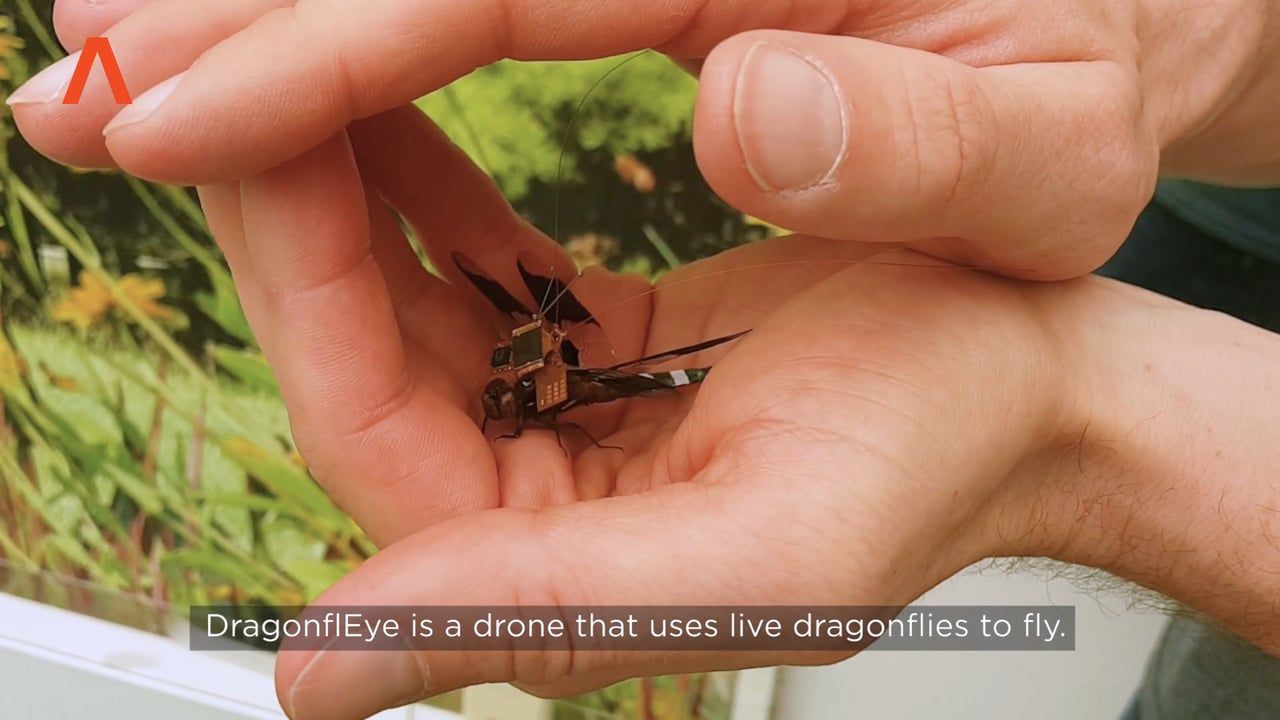
Researchers from Draper and Howard Hughes Medical Institute performed DragonflEye flight tests at Janelia Research Campus. http://bit.ly/2m2STa1
